This common list of chicken terminology will have you sound like you know what you’re talking about in no time at all. Get ready to impress your friends and family with your new-found knowledge!
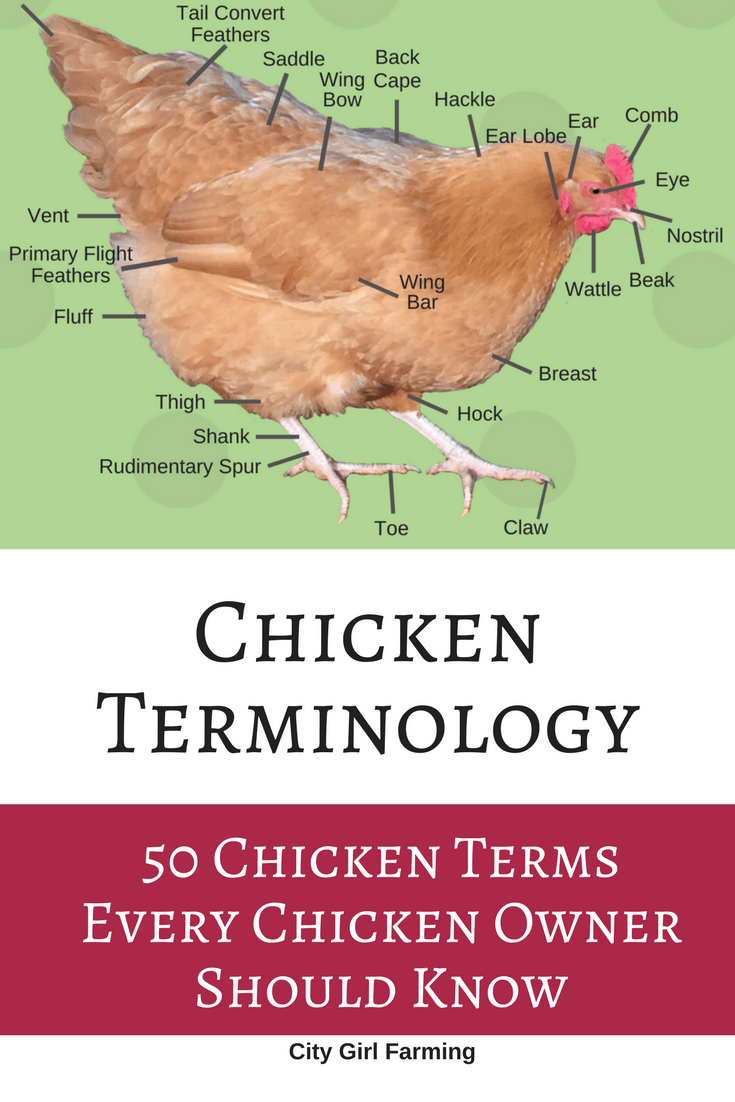
Bantam:
A small breed of chicken that’s generally one-fourth the size of a regular chicken.
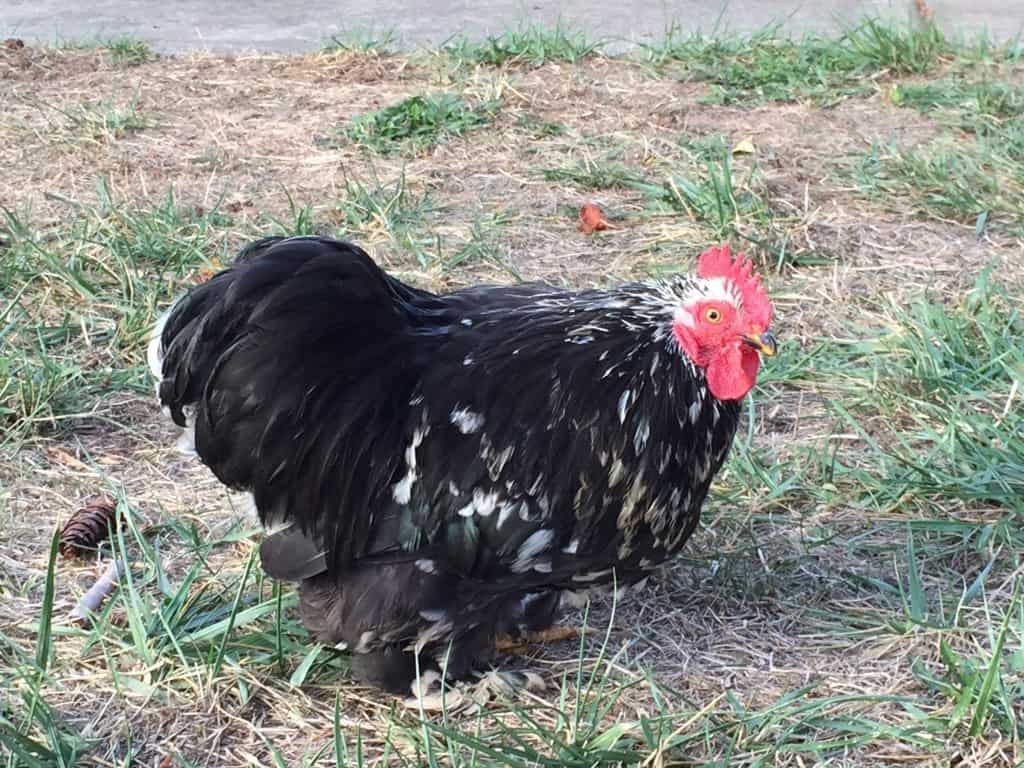
Broiler:
A chicken raised for meat.
Brooder:
A heated, enclosed place where baby chicks are kept during the first weeks of their life while they’re growing their feathers (until then they can’t keep themselves warm).
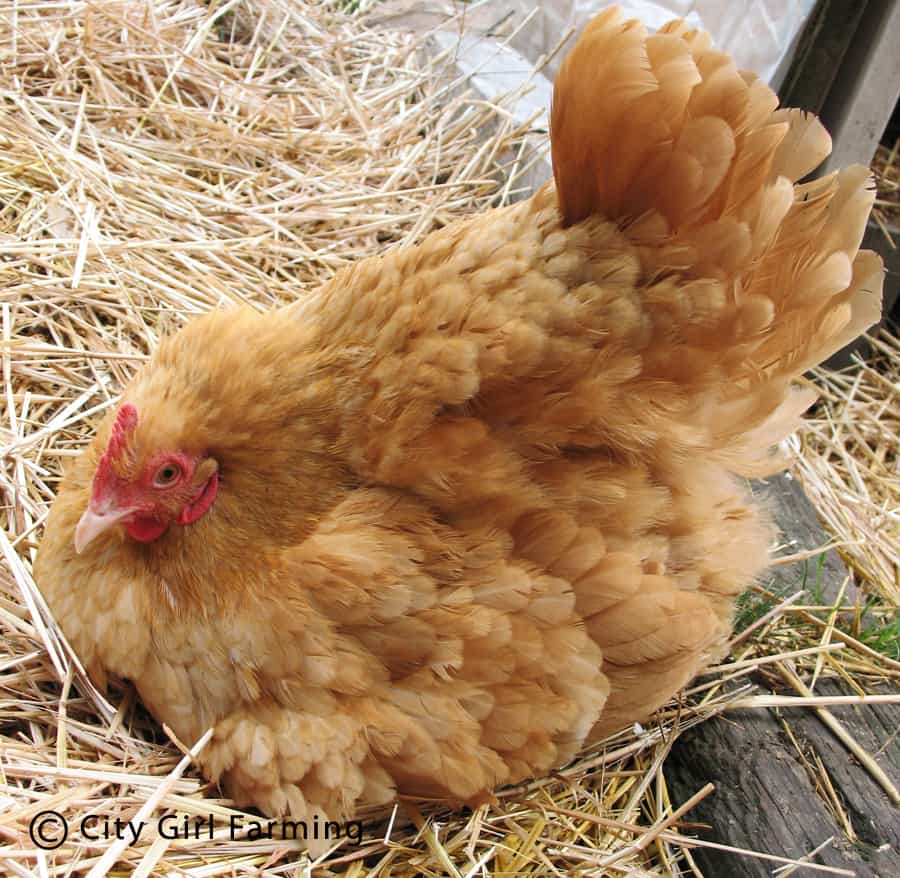
Broody hen:
A hen that stops laying eggs when her ‘maternal’ instincts kick in. When this happens, she’ll sit on a clutch of eggs, waiting for them to hatch.
Cape:
The grouping of long feathers (hackles) on a chicken’s neck.
Capon:
A male chicken that’s been castrated.
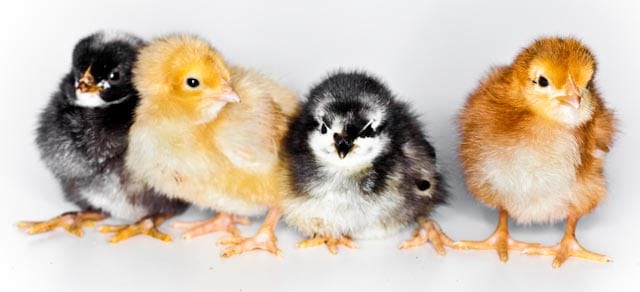
Chick:
Baby chicken.
Chicken Run:
A fenced in portion of yard attached to the chicken coop where chickens can freely roam.
Chicken Tractor:
A portable chicken coop, often on wheels, that can be rolled or moved into different locations to allow chickens ability to graze without being let out of their cage.
Clutch:
A group of eggs that are laid together (often being sat on by a broody hen).
Cock:
An older male chicken.
Cockerel:
An adolescent male chicken.
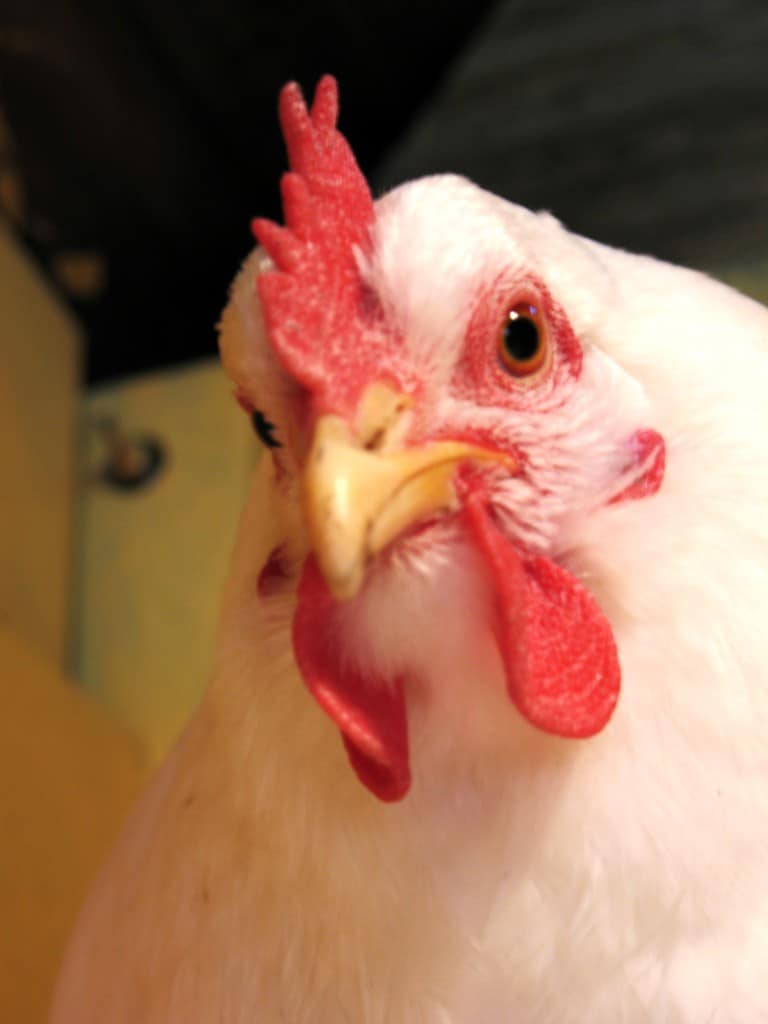
Comb:
The red flap of fleshy ‘skin’ sticking up on top of a chicken’s head.
Coop:
A house where chickens live.
Crop:
A part of a chicken’s esophagus that stores food before it’s digested, a sort of 1st stomach.
Diatomaceous Earth (DE):
A fine chalk-like powder made of ground planet fossils. Food Grade DE is a natural, safe treatment for internal and external parasites on chickens.

Down:
The soft, fluffy feathers on a baby chick.

Dust bath:
When a chicken covers themselves with dirt to help get rid of mites or to help cool themselves off on hot days.
Egg tooth:
The sharp end of a chick’s beak that’s used to break out of the egg-shell.
Fledge:
To acquire or grow feathers.
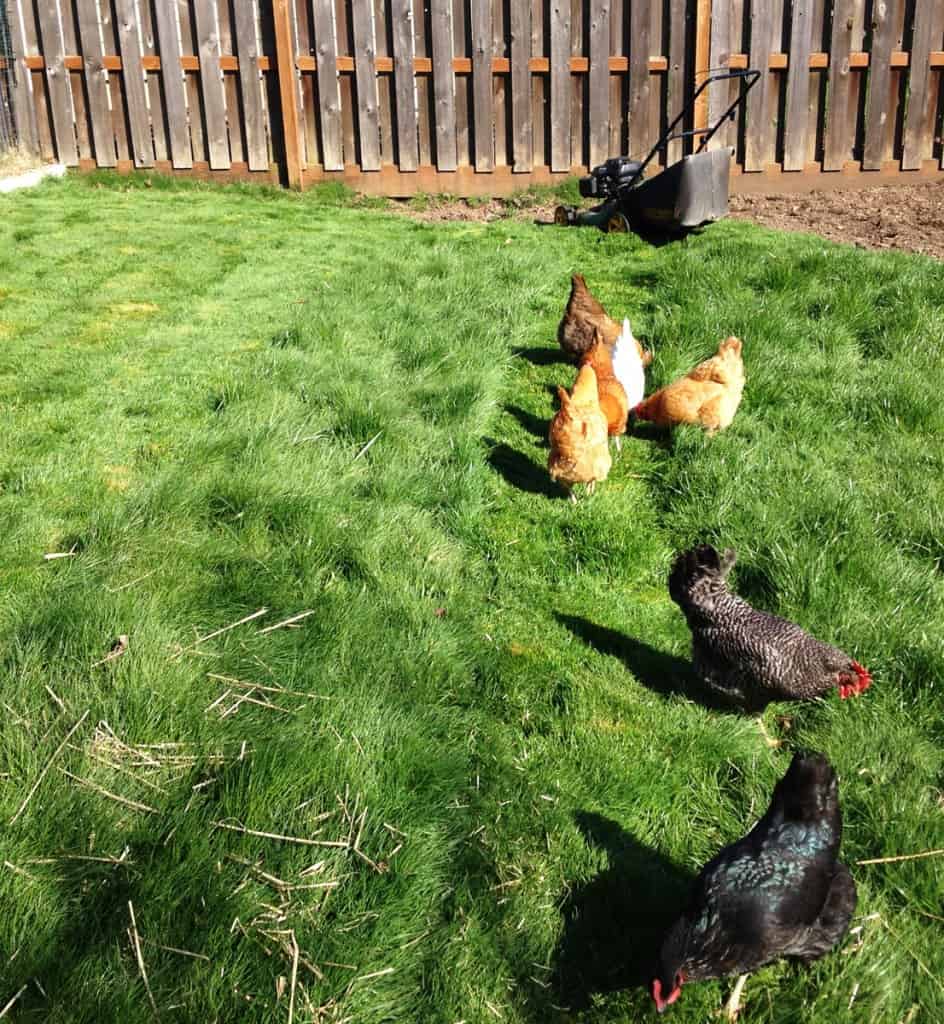
Free Range:
A term used for chickens allowed to spend time each day outside their confined chicken coop and run. Used more loosely for egg producers: It means that chickens have access to the outside, although the access might not be easy to attain, nor be anything more than a concrete block.
Fryer:
Another name for broiler, or chicken raised for meat
Fertilized Chicken Egg:
An egg laid by a hen after having mated with a rooster and acquiring the sperm needed to develop that egg into a chick (Hens can lay eggs without the aid of a rooster, they just can’t hatch into chicks without a rooster.)
Gallus domesticus:
The fancy (scientific) name for domestic chickens.
Grower feed:
Chicken food for adolescent chickens.
Hackles:
The long feathers on a chicken’s neck.
Hen:
A female chicken that is at least one year old.
Hen House:
Another name for a chicken coop.

Heritage Breeds:
Chickens that pass the guidelines set out by the American Poultry Association which generally helps ensure that they haven’t been bred to decelerate their growth or production, but are ‘old-fashioned’ birds.
Incubator:
A heated device used for hatching eggs.
Layer:
A chicken raised to lay eggs.
Layer Feed:
Feed specifically formulated for hens that are of laying age so help ensure they get all the nutrients they need.
Litter:
The bedding material spread on the floor of a chicken house (i.e. wood shavings, straw).
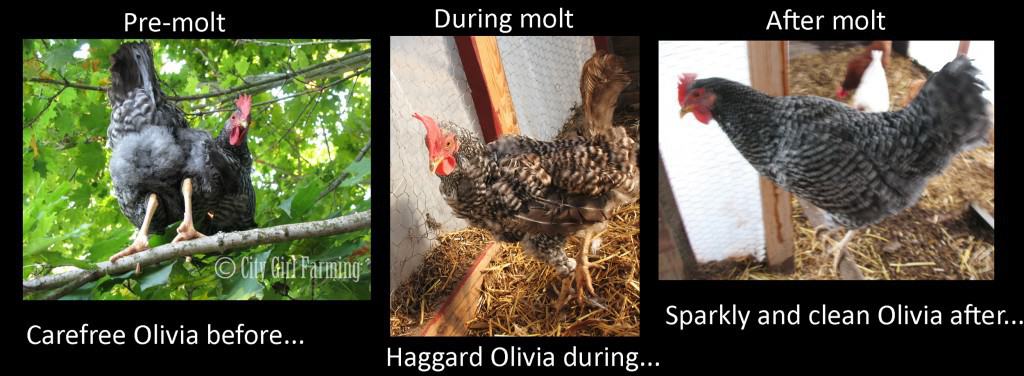
Molt:
When a chicken sheds their feathers (usually happens once a year but can be stress related as well).
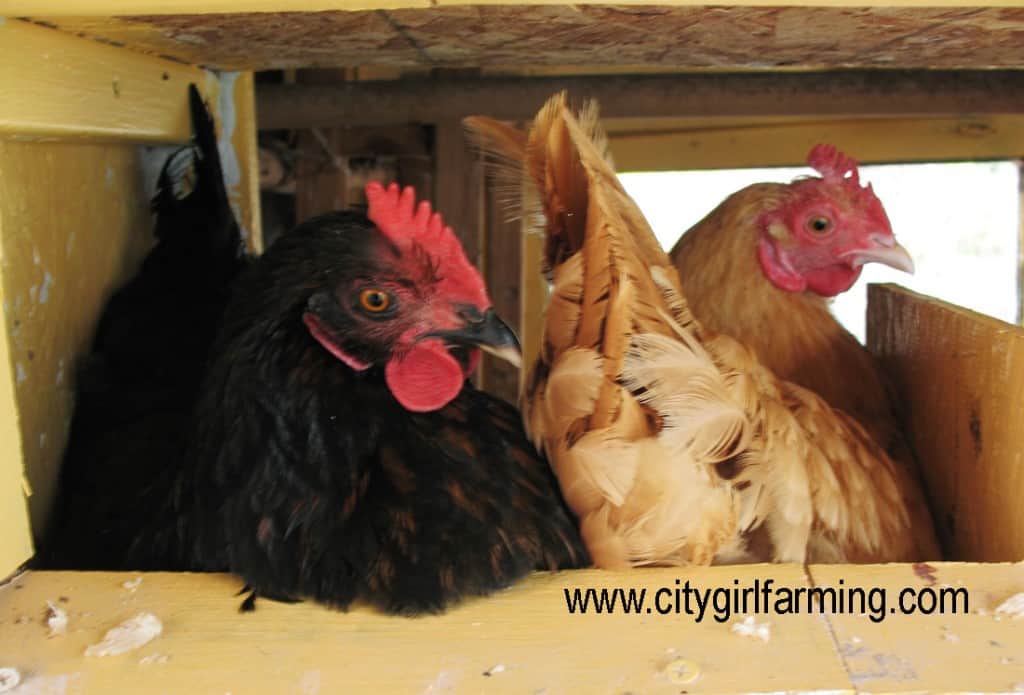
Nesting Box:
A small box inside a chicken coop where chickens go to lay their eggs daily.
Organic Chicken Feed (certified):
Food especially formulated for chickens that adheres to the standards set out by the USDA and doesn’t contain such things as GMO products, animal byproducts, antibiotics, fertilizers, etc.
Pecking Order:
The instinctual social order of a flock of chickens whereby every chicken establishes and knows it’s place within the flock.
Pipping:
When a baby chick pecks out of their shell.
Primaries:
The big, stiff feathers on the chicken’s wings that aid in flying.
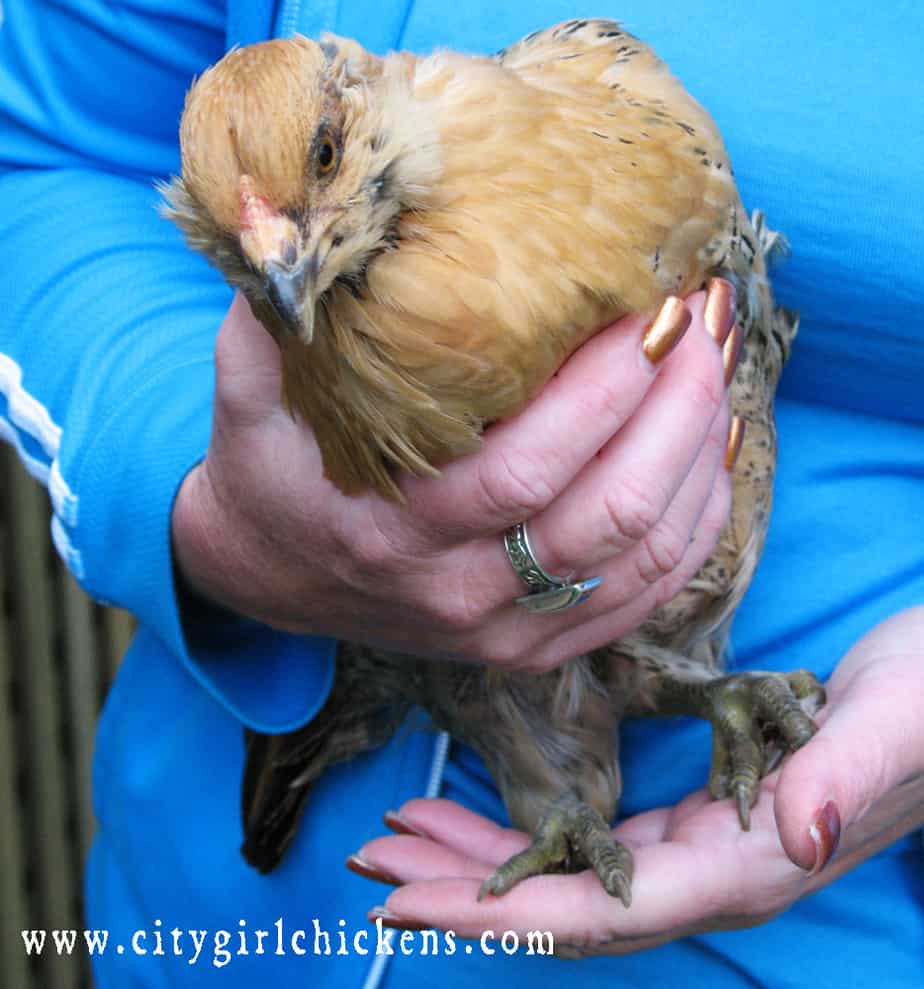
Pullet:
An adolescent female chicken.
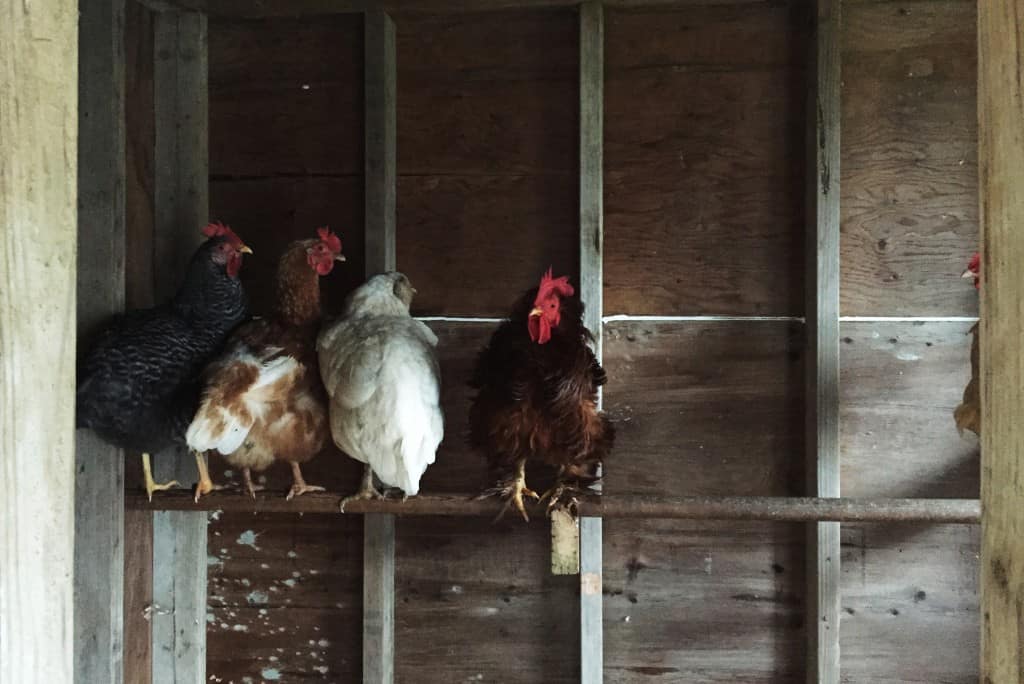
Roost:
A perch, pole or shelf generally 2 feet or more off the ground where chickens rest and sleep.
Roo:
Common nickname for a rooster.
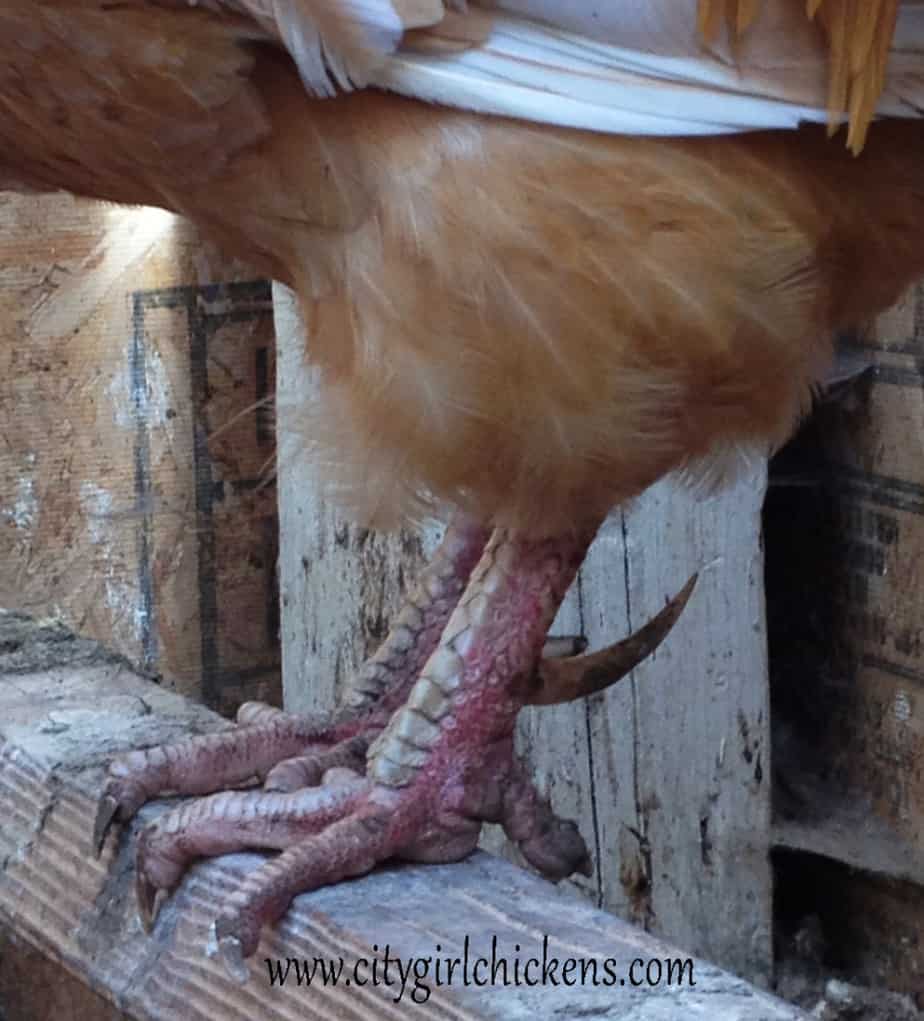
Spur:
The claw on the back of a rooster’s leg that can cause damage to anyone or anything that gets in the way if the rooster is aggressive.
Starter feed:
Chicken food for chicks.
Straight run chicks:
When baby chicks have not been separated by gender.
Vent:
The opening in the backside of a chicken where both waste is eliminated and eggs are laid.
Wattle:
The red flap of fleshy ‘skin’ hanging down under a chicken’s beak.
Now that you’ve boned up on your chicken terminology down, here’s some interesting chicken facts to add to your knowledge base!
